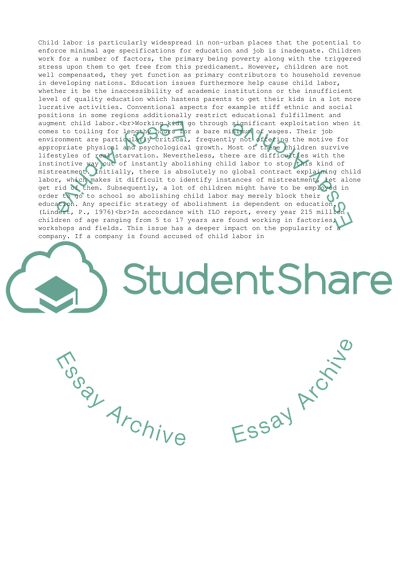Cite this document
(Manager Responses Management In Child Labour Accusations Essay - 1, n.d.)
Manager Responses Management In Child Labour Accusations Essay - 1. https://studentshare.org/management/1816725-manager-responses-management-in-child-labour-accusations
Manager Responses Management In Child Labour Accusations Essay - 1. https://studentshare.org/management/1816725-manager-responses-management-in-child-labour-accusations
(Manager Responses Management In Child Labour Accusations Essay - 1)
Manager Responses Management In Child Labour Accusations Essay - 1. https://studentshare.org/management/1816725-manager-responses-management-in-child-labour-accusations.
Manager Responses Management In Child Labour Accusations Essay - 1. https://studentshare.org/management/1816725-manager-responses-management-in-child-labour-accusations.
“Manager Responses Management In Child Labour Accusations Essay - 1”. https://studentshare.org/management/1816725-manager-responses-management-in-child-labour-accusations.


